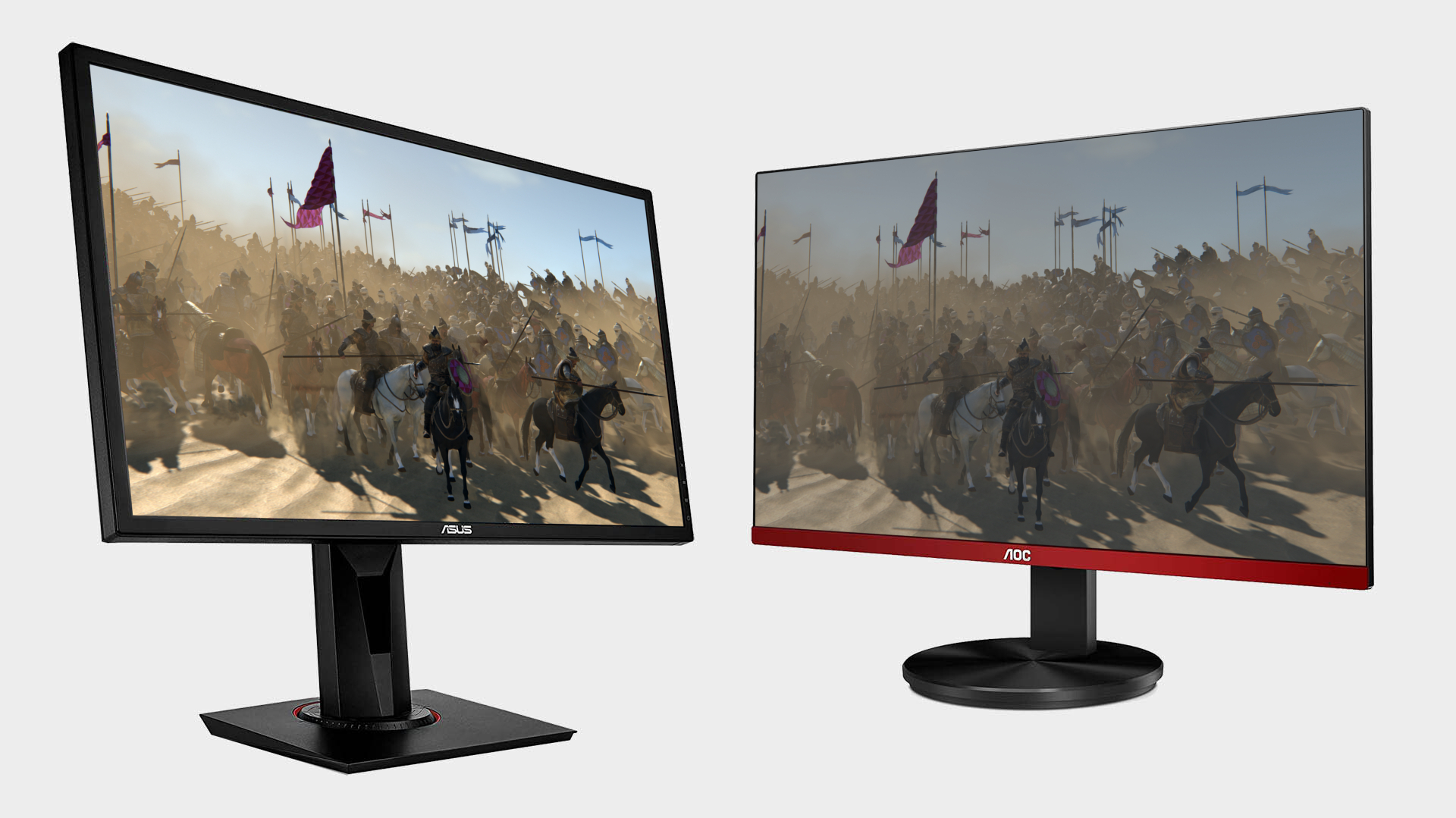LG trash talks Samsung for OLED burn-in issues
LG Display has taken the unusual move of directly calling out arch rival Samsung for OLED burn-in problems. During a press event earlier this week, LG shared images produced in independent testing showing burn in on Samsung's S95B OLED set after just two months.
LG also shared images of Sony’s A95K, another OLED TV that uses Samsung panel tech, also showing burn in. All of the images were generated by Rtings as part of their TV Accelerated Longevity Test. To make its point, LG compared those images to Rtings' results with its own G2 and C2 OLED TVs, both of which had no signs of burn in or image retention.
LG then went on to explain that its OLED panels are less susceptible to burn in due to the use of white subpixels. According to LG, that allows their panels to produce brighter images without wearing out the critical RGB subpixels. Samsung's OLED tech, by contrast, is pure RGB, making it more prone to burn-in by LG argument.
Meanwhile, Samsung has always espoused the view that a pure RGB subpixel delivers more accurate colors. Samsung also claims improved heat management for its OLED panels, along with a new HyperEfficient Electroluminescence material that is said to reduce the risk of burn in.
Of course, the Rtings results are but a single data point. Moreover, testing methodology can make a huge difference to the results with this kind of thing. By way of example, Rtings has already made major adjustments to its methodology despite the testing only being in place for a few months.

Best gaming monitor: Pixel-perfect panels for your PC
Best high refresh rate monitor: Screaming quick screens
Best 4K monitor for gaming: When only high-res will do
Best 4K TV for gaming: Big-screen 4K PC gaming
"After we launched our two-year longevity test, a few users were quick to point out a major flaw in our schedule. It didn't allow Sony OLED TVs to run their compensation cycles, as Sony TVs only start this process after the TV has been off for four hours. We've adjusted our schedule to make sure this process has time to complete," Rtings says.
Could Samsung's OLEDs be falling foul of a similar methodology quirk? Time will tell, but this one seems likely to run and run as the two big beast of OLED technology fight it out for supremacy.
It's also worth noting that, for now, Samsung's QD-OLED panels seem to have a distinct advantage when it comes to brightness over large screen areas. Both in testing from multiple sources and in our subjective experience, Samsung OLED panels are quite a bit brighter when much the majority of the panel is showing bright image data.
Actual testing typically shows LG panels hitting around 150 nits compared to roughly 250 nits for Samsung panels when the proportion of the panel being lit up hits 70% to 80% or more.
Every currently-available OLED gaming monitor uses either LG or Samsung panel tech. Alienware was first out of the gate with a Samsung panel in the Alienware 34, while the big BenQ and Corsair monitors we tested recently are LG based.
So, the question now is whether that superior Samsung brightness comes at a greater risk of burn in. Watch this space. And if you're watching it on a OLED panel, maybe check in occasionally rather than leave the page loaded up, if you know what we mean.

Post a Comment